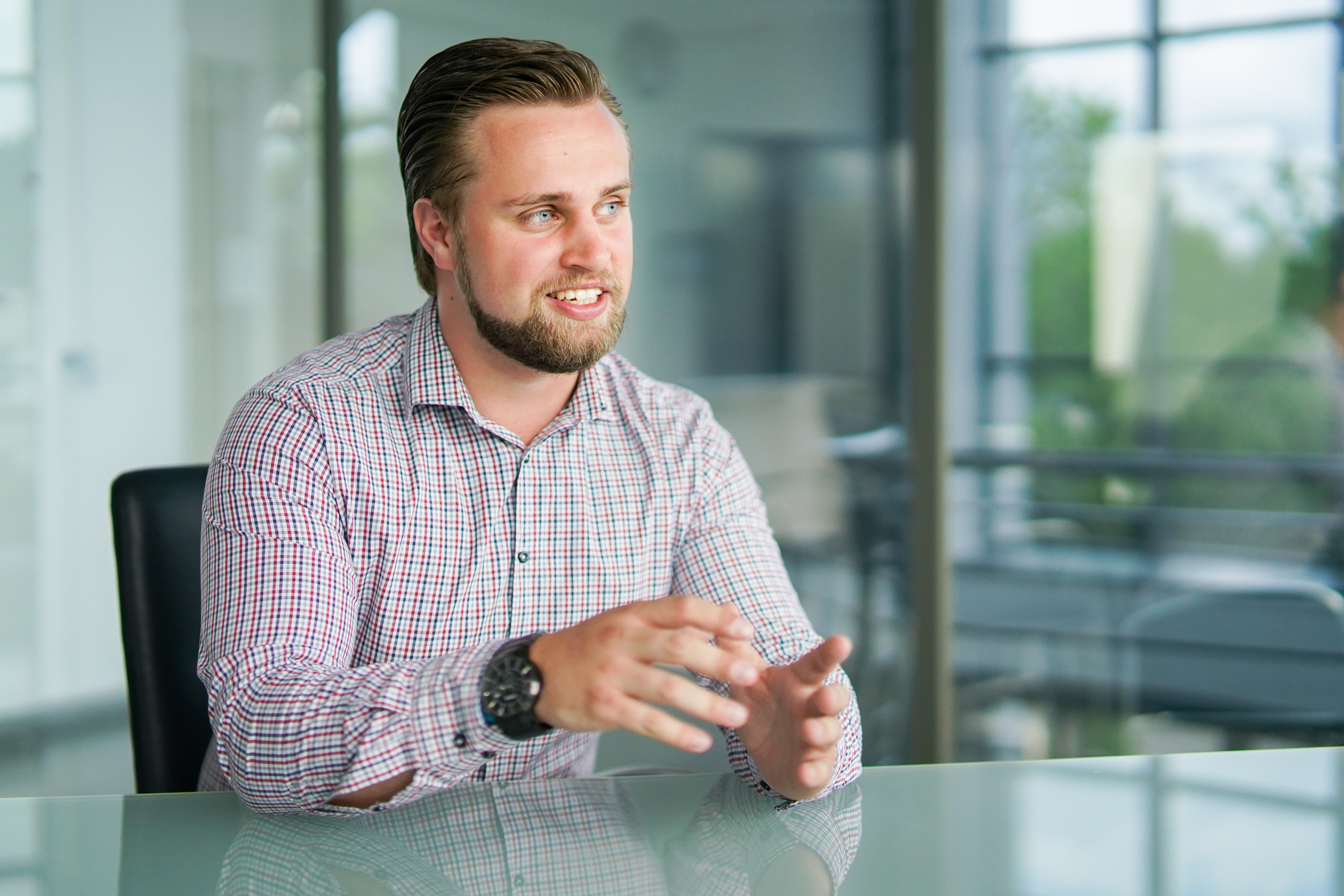Now that sustainability has been firmly anchored in the current SMART 25 corporate strategy, the structures required for this are beginning to take shape within the company. Philipp Unger, head of Group Sustainability Management at Schnellecke, describes how much speed the topic has since gained in an interview with the editorial staff.

All Schnellecke regions worldwide have now appointed sustainability officers. The aim is to simplify reporting with immediate effect and to bring the topic to the workforce in a structured manner. “We are orienting ourselves on two guidelines,” explains Unger. “These are the guidelines of the Carbon Disclosure Project (CDP) and of the NQC. This refers to NQC Ltd, a globally operating service provider that uses online tools to evaluate the sustainability of supply chains.”
CDP has four levels: disclosure, awareness, management, and leadership. These are designated by the letters D to A, with D representing the lowest level and A the highest. “Our goal is to reach level C by 2020,” says Unger. “From there we want to quickly work our way up to level B.”
The basic prerequisites for this are the systematic recording of all energy consumption, the definition of clear sustainability targets, the development of a corresponding strategy, and regular reporting to the Board of Management. “We have already put all of this into motion or are currently working on it,” emphasizes Unger.
Sustainability assessment for investments
One concrete project that is about to be completed (possibly already finished) is the introduction of a supplier commitment. “Our purchasing department, together with the legal department and ourselves, has developed a supplier self-disclosure form in accordance with uniform criteria,” says Unger. “Each supplier must provide written information about its CSR policy and other aspects relevant to us. We have defined various escalation cycles if the information leaves something to be desired.”
The situation is now similar for investment processes. “In the future, it will be mandatory for us to sign off on new facilities or machines that consume energy if the investment exceeds a predefined limit,” Unger is pleased to report. “This ranges from forklifts to complete buildings. Life cycle considerations are now also included in the investment decision. If, for example, forklift A is cheaper but more energy-intensive than forklift B, which costs more but consumes less, then we calculate the ROI over the entire period of use and incorporate this into the calculation.”

Cultural change through younger generation
One of Unger’s favorite projects is scheduled to run for several years. It reflects his conviction that young employees will drive the change process towards sustainability. “We see a great deal of interest in this topic among our apprentices. And we can only achieve a real cultural change with the younger generation.”
This is why, together with the person responsible for training, we have developed a company-internal program for apprentices which, in addition to the topic of energy, also covers the areas of environment, quality, lean methods, health, social issues and occupational safety. Apprentices attend internal training courses and learn, for example, how to measure energy consumption and identify energy-saving potential.
The program consists of three three-day training sessions on different topics. The apprentices are then asked to choose their own project, which they complete by the end of their apprenticeship. The best projects are then awarded prizes – that is the idea. (HSE Scouts)
The first pilot project results are already available, as Unger reports. “One of our apprentices recorded the number of lamps in the Wolfsburg buildings and determined the illuminance. On this basis, he calculated the required lighting, which now serves as the starting point for the conversion to LED lamps. And one of our dual studies students took an energy snapshot at another site to measure the electricity consumed by electrical appliances. From this she extrapolated the total energy consumption of the site and compared it with the energy bills. The results were almost identical, which proves that the measurements taken by the apprentices are absolutely reliable.” After completion of the first phase in 2021, the program will be rolled out worldwide.
Timely overview of resource consumption
Sustainability is another thing that can no longer be tackled without software. At Schnellecke, we decided to use the special program Quentic, which has numerous modules. After working with the module for occupational safety for a long time, the modules for environment, hazardous substances and sustainability were added this year. “This now gives us the opportunity to create a central waste register for the entire group, as well as a timely overview of all resource consumption,” says Unger happily. “We have also created an interface from Quentic to our HR system. This means that accidents at work in the German region are now also reported directly in Quentic and we can carry out a weekly accident analysis.”
All in all, Unger sees Schnellecke on the right track. “We have a claim to leadership in logistics, and we want to live up to this claim in terms of sustainability as quickly as possible.”